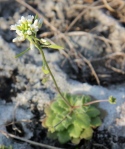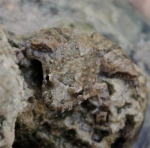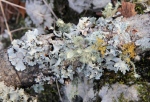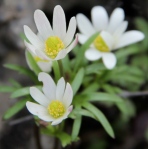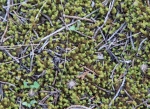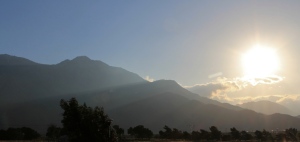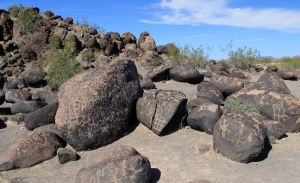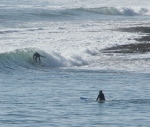This slideshow requires JavaScript.
For residents of a country that doesn’t allow most drugs, the Taiwanese consume an awful lot of their legal drug, betel nut. I learned about this drug (actually two plants and mineral) over eight years ago in my ethno-botany classes at the University. I had not yet had the experience until arriving in Taiwan.
My first night on the island I accompanied my new friends to dinner. Following the meal somebody broke out a bag of B-Nut (as they called it in Southern Taiwan). I partook but with a little apprehension that it would upset my stomach, wasting the previous tasty meal. I was wrong. The only side effects that I experienced were a numbness in my mouth and slight constriction of my throat. As for positive effects, I couldn’t tell. The only thing noticeable was that my breath smelled nice.
It took another three tries to actually feel the effects. I tried B-Nut for the fourth time in the mountains north east of Kaohsiung in the SW part of the island. I had been driving for about three hours and felt fatigued as we began to ascend the twisty-turny-technical road. I spotted a B-Nut shop, which was made of three sides of glass. Usually the shops employ a beautiful young girl without much clothing. I got lucky and found the only shop run by a mature Betel Nut beauty, well over 60. Her Betel Nuts worked the same. Within 30 seconds of chewing the concoction, my eyes were wide open and my mind tuned into my driving. I couldn’t remember the fatigue I had felt only minutes previously. The stimulating effects are different than caffeine in that I didn’t feel nervous or twitchy. My heart rate was elevated but not like the palpitations that come with strong coffee. I felt 100% but not high or wired.
So what is the B-Nut? In Taiwan, green nuts from the Areca catechu palm are wrapped in a leaf from a vine, Piper betle, which have been swabbed with a solution of lime (calcium hydroxide) and water. In the past, pulverized coral or limestone was used as the alkaline mineral; modern lime is often synthetic. Other areas of the world have different variations and may add other herbs for taste.
Chemical action on the human consciousness is attributed to the arecoline of the palm nut as well as an array of allylbenzene compounds from the betel leaf. The lime acts to keep the chemicals in their freebase/alkaline state so that they can absorbed sublingually. The positive aspects of the experience (stimulant, learning enhancement) may be outweighed by the negative (red stained teeth and increased risk of oral cancer).
I observed a large amount of cultivation of both the nut and the leaf in southern Taiwan. The palms seem readily adapt throughout southern Taiwan, (west coast, lower mountain range, and east coast). Cultivation of the leaf was concentrated to the Taitung area on the east coast, nearly entirely under shade houses. When the trees grow in marginal areas and on vegetated hillsides, they appear to not present a significant detriment on the environment. While observing the intensive cultivation of the palm and vines on the flat land, I saw signs of soil compaction and runoff pollution (due to synthetic nitrogen soluble fertilizers). Many farmers maintain their palm plantations with herbicide; the soil appears ill and covered with slime molds.
All around Taiwan we saw the betel nut chewed by a large part of the population. Besides the popularity with workers, in one mountain town we visited nearly every older lady on the street had her cheek packed full. Drivers appear to consume the most B-nut. I think it’s a pre-requisite for entering the highway in some parts of the country. I have uncountable images in my head of the faces of scooter-ists, raging down the road with a mouth bulging of betel.
